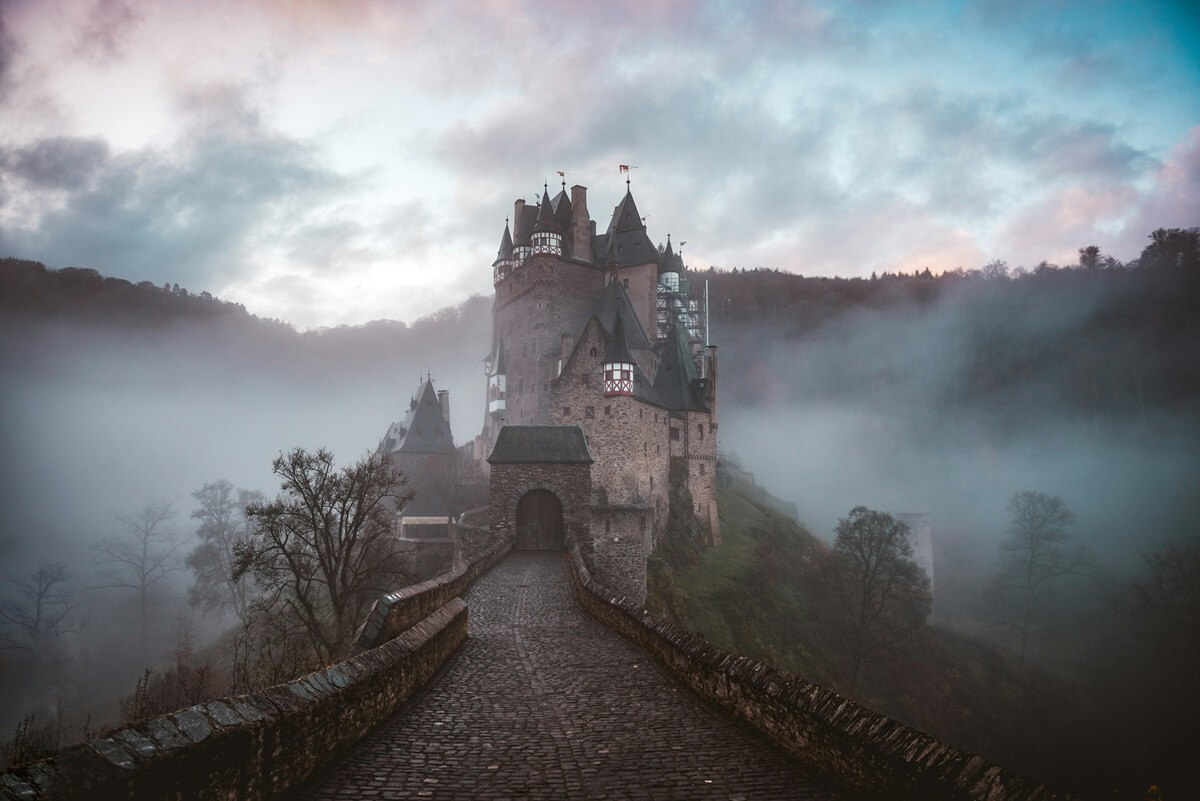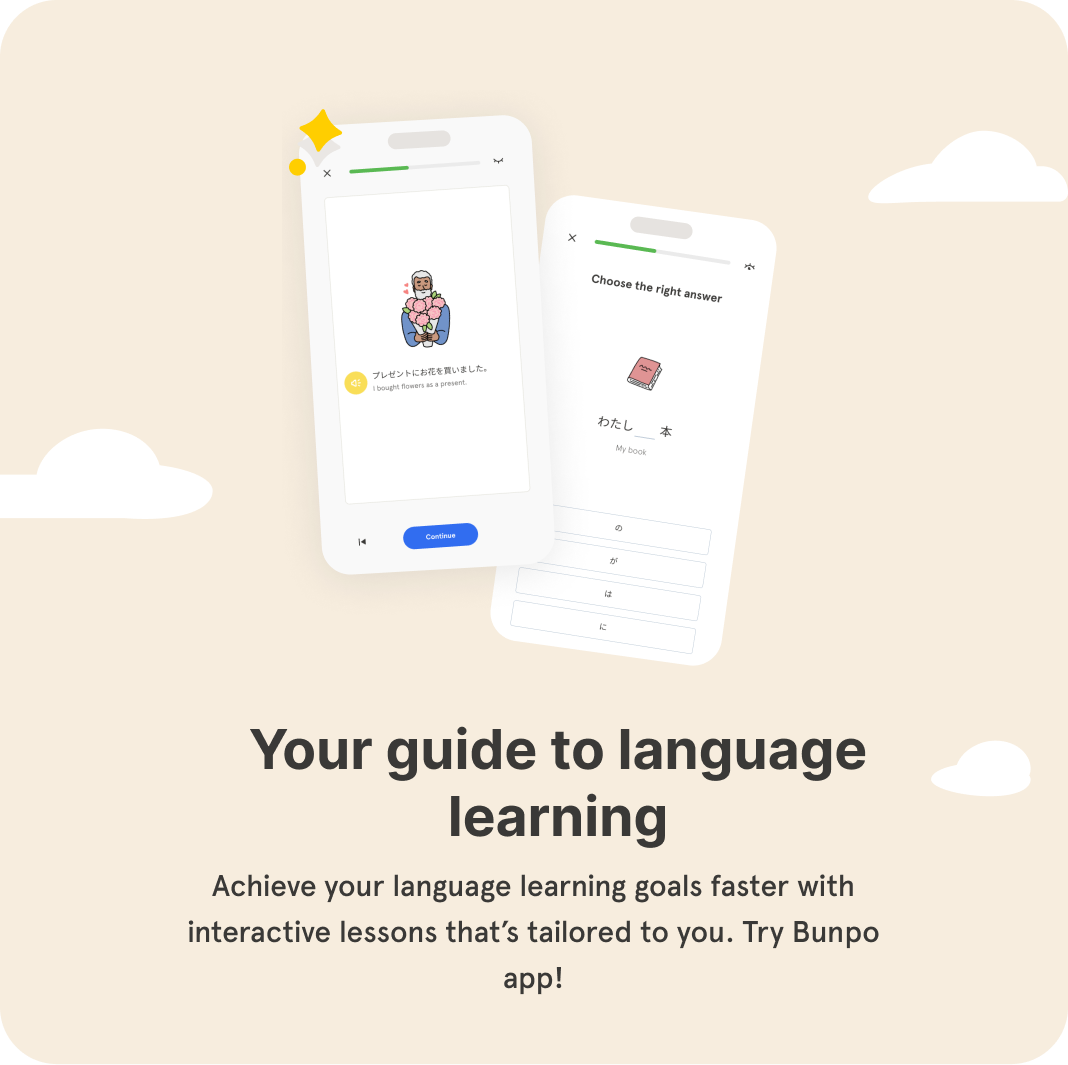
Fantasy worlds are nothing without their unique cultures, rich histories, and—most notably—their languages. A well-crafted fantasy language, or conlang for short (constructed language), adds depth and authenticity to storytelling, immersing fans in a world beyond their imagination. From epic literary creations to video game masterpieces, here are 10 fantasy languages worth learning.
1. Quenya (The Lord of the Rings)
Created by J.R.R. Tolkien, Quenya is a lyrical Elvish language with its roots in Finnish and Latin. Referred to as the “High Elven tongue,” it denotes elegance and ancient wisdom. A philologist himself, Tolkien went into minute details while designing the grammar, vocabulary, and script of Quenya, making it dear to the hearts of language enthusiasts.
Interesting Fact: Quenya employs a separate Tengwar script, also created by Tolkien for his Elvish languages.
2. Dothraki (Game of Thrones)
David J. Peterson brought the Dothraki language to life for George R.R. Martin’s A Song of Ice and Fire series adaptation. It reflects the nomadic, horse-riding culture of the Dothraki people, emphasizing action and nature in its lexicon. Its guttural, earthy sound appeals to many fans.
Phrase to Try: “Anha zhilak yera.” (I love you.)
3. Klingon (Star Trek)
The ultimate sci-fi language, Klingon, was developed for the Star Trek universe by linguist Marc Okrand. It features harsh, guttural tones and is fully developed, complete with grammar and a dictionary. Even Duolingo offers a course in Klingon!
Fun Fact: There is an annual Klingon Language Institute Conference where fans share their love of the language.
4. Valyrian (Game of Thrones)
Another masterpiece by David J. Peterson, Valyrian is a family of languages in Game of Thrones. High Valyrian, the most refined form, conveys ancient nobility, while regional dialects reveal how it has evolved over time.
Phrase to Try: “Valar morghulis.” (All men must die.)
5. Na’vi (Avatar)
Dr. Paul Frommer designed Na’vi for James Cameron’s Avatar. This language is phonetically rich, capturing the mystical and harmonious relationship the Na’vi people share with their environment.
Phrase to Try: “Oel ngati kameie.” (I see you.)
6. Black Speech (The Lord of the Rings)
In striking contrast to Quenya, Tolkien also constructed the cruel and forbidding Black Speech, the tongue of Sauron and his servants. Its jagged sounds and sharp syllables clearly convey the oppressive power of Mordor.
Famous Example: “Ash nazg durbatulûk.” (One Ring to rule them all.)
7. Shyriiwook (Star Wars)
Spoken by the Wookiees, Shyriiwook is known for its growls and roars, famously voiced by Chewbacca in the Star Wars series. Though not as linguistically fleshed out as others, its unique sound captures the raw, primal nature of Wookiee communication.
Fun Fact: Shyriiwook is often paired with gestures for context, as humans struggle to understand its intricacies.
8. Tsolyáni (Empire of the Petal Throne)
Professor M.A.R. Barker’s Empire of the Petal Throne role-playing game introduced Tsolyáni, a conlang influenced by Sanskrit, Urdu, and Turkish. Its intricate grammar and vocabulary reflect the empire’s layered societal hierarchy.
Why It Stands Out: It’s one of the first constructed languages made specifically for a role-playing game.
9. Simlish (The Sims)
Simlish was created as an invented, quirky, and playful language for the video game The Sims. It isn’t a fully developed language with standardized grammar or vocabulary. Instead, it’s essentially playful gibberish, making it universally expressive and humorous in the game.
Phrase to Try: “Sul sul!” (Hello!)
10. Thalassian (World of Warcraft)
Among the many fantasy languages heard in World of Warcraft, Thalassian stands out as the elegant, haunting tongue of High and Blood Elves. Its spoken form is notably melodic, and its flowing script reflects the magical heritage behind it. Thalassian, influenced by both Welsh and Sanskrit, has a distinctly resonant quality.
Fun Fact: Thalassian’s unique blend of influences makes it feel deeply tied to the arcane traditions of Azeroth.
Why Fantasy Languages Matter
Fantasy languages add depth to imaginary worlds by allowing tangible contact with the cultures, histories, and personalities of the creatures that inhabit them. For fans, learning or just appreciating these languages allows a deeper connection to one’s favorite universes.
Which One Will You Discover?
Whether you are a linguistics enthusiast or a die-hard fan of fantasy worlds, delving into these constructed languages can be quite an adventure. Have a favorite fantasy language? Share it in the comments!



